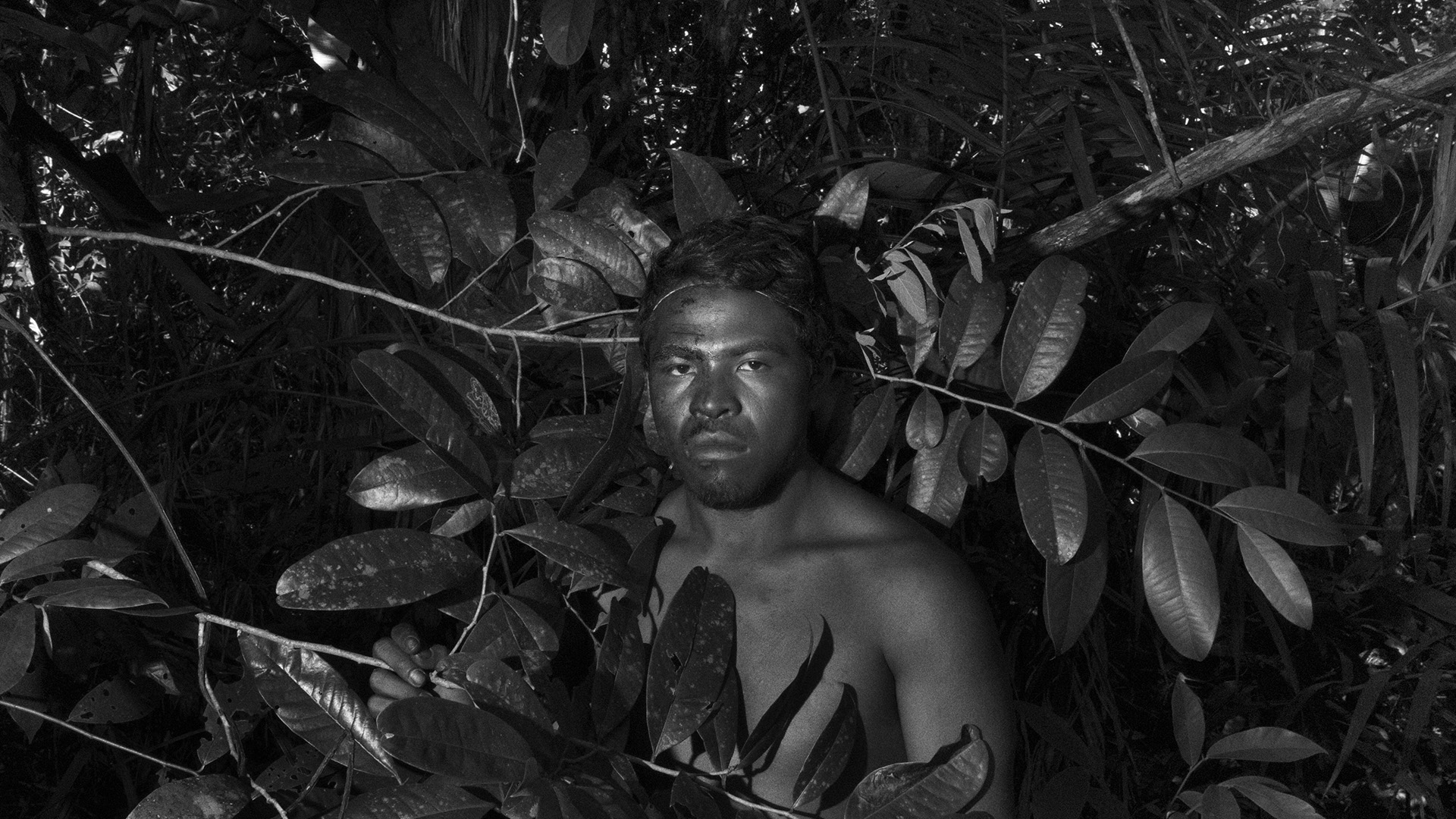Winner of the 10th Carmignac Photojournalism Award, Tommaso Protti challenges our beliefs about the Amazon rainforest and makes us look reality straight in the face, however complex it may be. His work is showcased in an upcoming exhibition at the Saatchi Gallery in London and in a book published by Reliefs Éditions.

You’re getting blind.
Don’t miss the best of visual arts. Subscribe for $9 per month or $108 $90 per year.
Already suscribed ?



